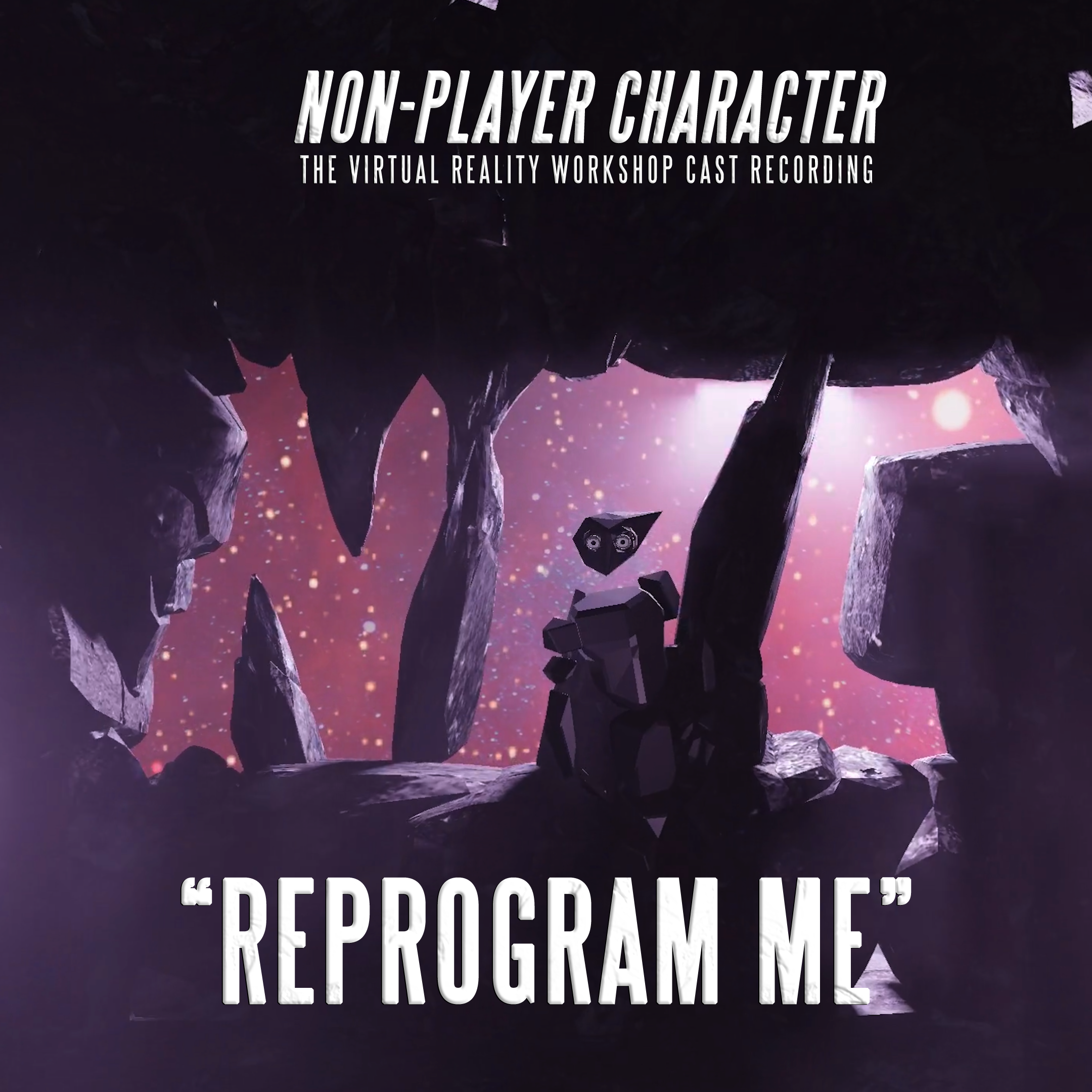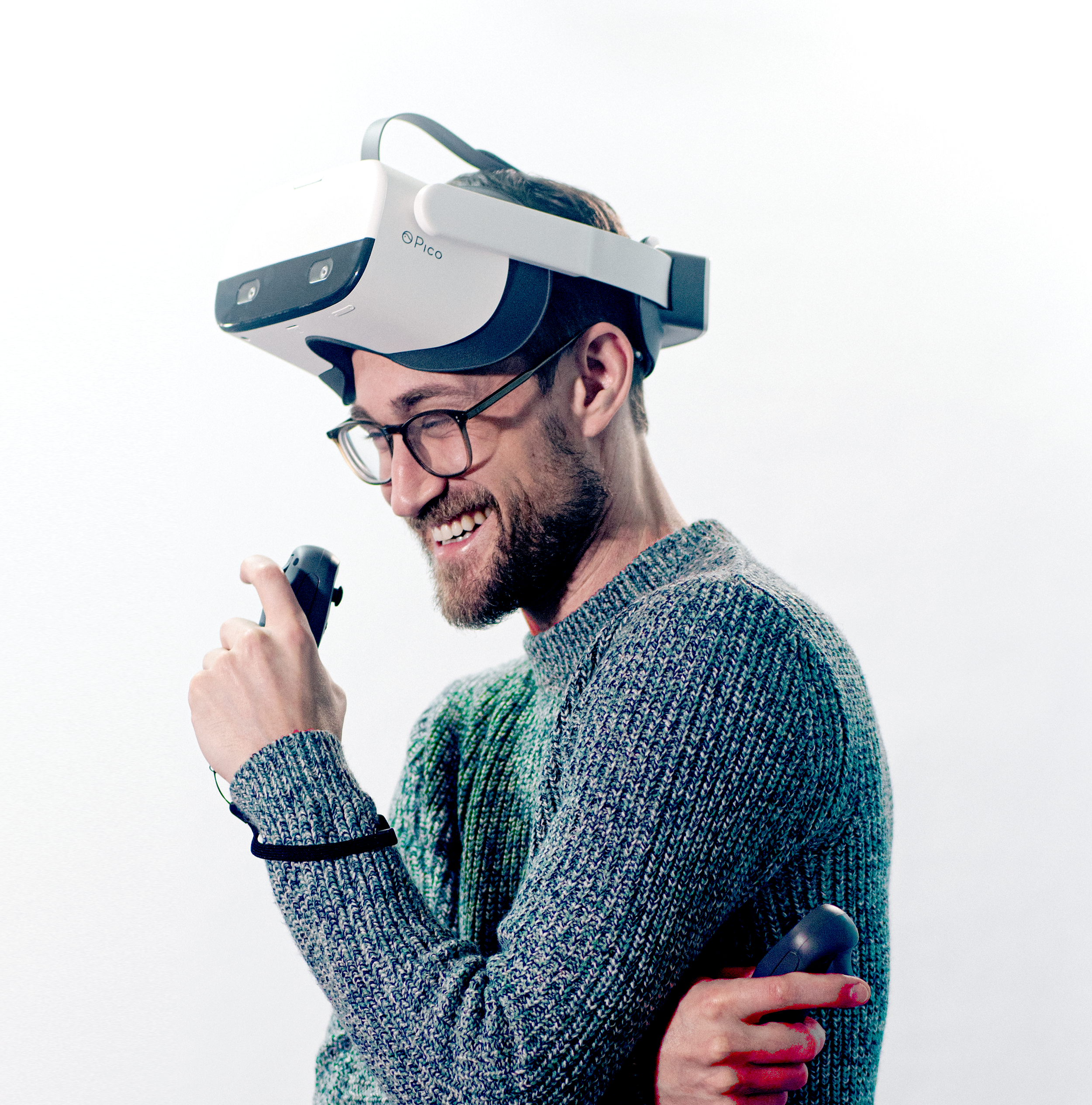
#187 B R E N D A N B R A D L E Y | L . A . D e l e g a t e
M Y S T A T E M E N T
Seventeen years ago, I proudly joined SAG as a Background and Stand-In artist, and steadily expanded my career as principle cast in 100+ film, television, voiceover and new media projects, joining AFTRA and AEA separately. I supported the merger of SAG-AFTRA so we could put “party lines” aside to unify our members’ benefits and future. Through my service as a Strike Captain and on The New Technology Committee, I’m passionate about future media formats, including AI, virtual reality, virtual production and blockchain. I believe our Union’s strength relies upon decades of established standards and practices and enforcement against any “new” uses outside our explicit agreements.
A B O U T B R E N D A N
Brendan Andolsek Bradley is a multi-award winning actor and creator, known internationally as "America's Scrappy Storyteller" (AR Post) with 100+ film, television, and video game credits, 50M+ online views, and three years as the “The Staples Guy” international spokesperson in over fifty on-camera, radio and print campaigns. He established The Innovation Lab at NYU's Tisch School of the Arts, and co-founded The 5th Wall Forum and #OnBoardXR, supporting over 50 immersive, live performances using extended reality technologies; through which he was a Finalist for The Producer Guild of America’s Innovation Award.
T O P I C S T O C O N S I D E R
WHEN DOES NEW MEDIA STOP BEING NEW?
In 2017, a YouTube series I acted in showed up on television in the US and overseas. I oversaw a five-year claim on behalf of dozens of affected members and was shocked to observe my union representatives reverse engineer our agreements to fit the unauthorized exhibition and settle outside of arbitration for an amount well under contract minimums. I cautioned the danger of larger content libraries, like Netflix, syndicating outside their SVOD agreements without authorization or enforcement. There’s nothing “new” about this media anymore, as streaming has become the dominant form of content consumption. Our members have not been the beneficiaries of allowing Employers to reduce rates and benefits while building high profit, high volume content libraries that are now being transferred outside the intended exhibition.
WHY DOES A.I. GET TO “TRAIN” ON OUR DATA?
The transmission, recording and editing of media is not new. And the introduction of predictive learning modules to query creative material from existing data sets is merely another tool. We should be careful to avoid any contractual qualifiers of AI, like “generative” (GAI). It’s all bad news.What sets A.I. apart is a “culture” of early adopters attempting to challenge and/or circumvent copyright and privacy laws. Make no mistake, these modules could not have been built without the unethical and unlicensed use of third party data and there is unauthorized data in every single popular A.I. tool being used today for generative text, images, video and audio. However, historically our members have control over the commercial use of unequivocal identifiers, such as name, likeness, and biometric data. Furthermore, the US Copyright office would consider our labor “creative contributions by a human actor” and no new work-products may be copywrited without “human-authored” contributions. Therefore our labor and consent is even more valuable to employers who wish to use A.I. tools and our contracts should reflect as much. Any use outside our explicit contracts is breach as our agreement “constitutes the complete understanding of the parties. No modification or waiver of any provision shall be valid unless in writing and signed by both parties.”
WHAT IS EXTENDED REALITY (XR)?
There is no question that the next decade will result in the 3D extension of the 2D internet. I run an initiative called OnBoardXR to help creators build their first prototype in the 3D web.
Reality can “extend” in a variety of modalities and platforms, however to honor Tony Parisi’s 7 Rules of the Metaverse, the “immersive” or “spatial” web provides the only current framework as a singular, global, open-source, hardware-independent, online community. Currently Google, Microsoft, PICO and Firefox offer an immersive mode on their web browsers with Apple’s WebXR integration releasing this year.
Nerdy tech jargon aside, if we look at past trends in socialized media, we quickly see the dangers of entertainment experiences and characters that look and sound like our members being repurposed by creators and consumers without contract or consent. Early MEME culture, GIFs and social media clip-sharing may be “harmless” trends, but we must fight for a future that protects and preserves our members’ ownership of their digital and virtual identity.


